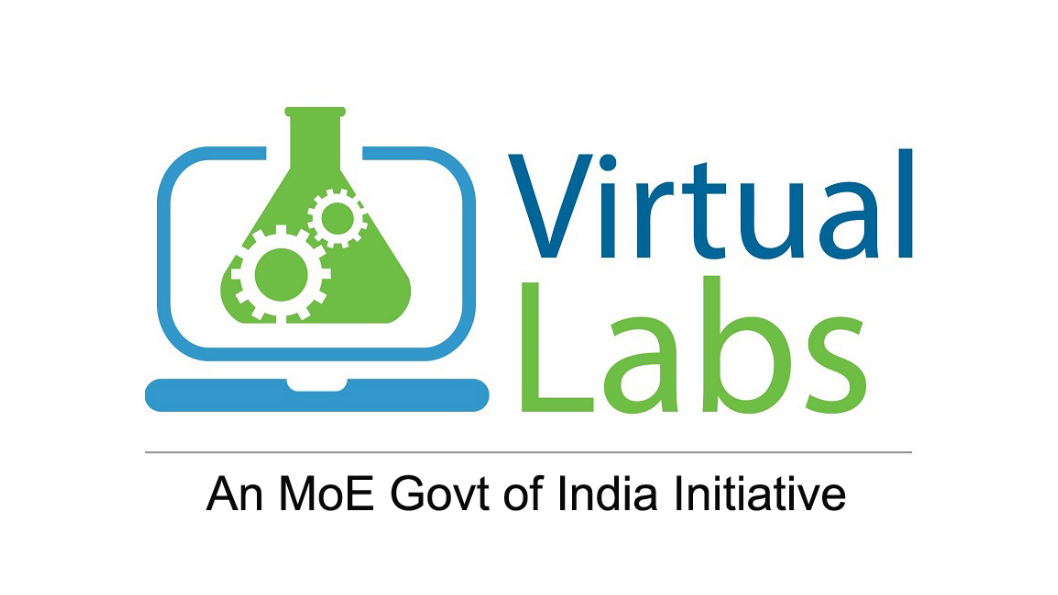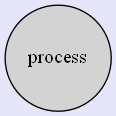



Modeling Data Flow Diagrams
DFD provides the functional overview of a system. The graphical representation easily overcomes any gap between ’user and system analyst’ and ‘analyst and system designer’ in understanding a system. Starting from an overview of the system it explores detailed design of a system through a hierarchy. DFD shows the external entities from which data flows into the process and also the other flows of data within a system. It also includes the transformations of data flow by the process and the data stores to read or write a data.
| Term | Notation | Remarks |
|---|---|---|
| External entity |  |
Name of the external entity is written inside the rectangle |
| Process |  |
Name of the process is written inside the circle |
| Data store |  |
A left-right open rectangle is denoted as data store; name of the data store is written inside the shape |
| Data flow |  |
Data flow is represented by a directed arc with its data name |
We start with a broad overview of a system represented in level 0 diagram. It is known as context diagram of the system. The entire system is shown as single process and also the interactions of external entities with the system are represented in context diagram. Further we split the process in next levels into several numbers of processes to represent the detailed functionalities performed by the system. Data stores may appear in higher level DFDs. Numbering of processes : If process ‘p’ in context diagram is split into 3 processes ‘p1’, ‘p2’and ‘p3’ in next level then these are labeled as 0.1, 0.2 and 0.3 in level 1 respectively. Let the process ‘p3’ is again split into three processes ‘p31’, ‘p32’ and ‘p33’ in level 2, so, these are labeled as 0.3.1, 0.3.2 and 0.3.3 respectively and so on. Balancing DFD: The data that flow into the process and the data that flow out to the process need to be match when the process is split into in the next level. This is known as balancing a DFD.
See simulation and case study of the experiment to understand data flow diagram in more real context.
Note :